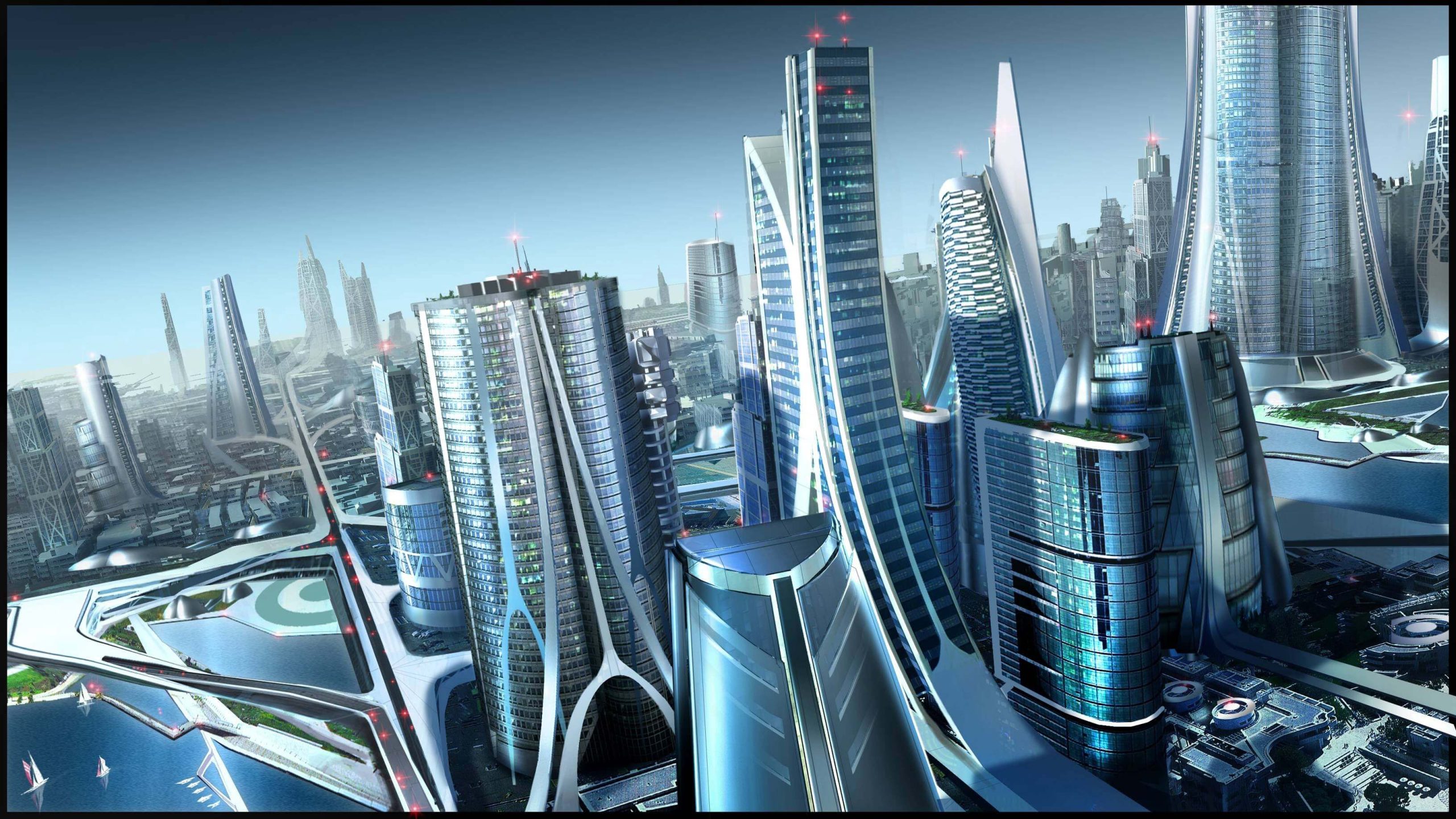Saudi Arabia’s $925 Billion Bet: Why the PIF is Trading ‘The Line’ for the Bottom Line
The Kingdom of Saudi Arabia’s $925 billion war chest, the Public Investment Fund (PIF), is quietly undergoing the most critical transformation of its history. For years, the world watched as Crown Prince Mohammed bin Salman (MbS) pushed the Vision 2030 dream with gigaprojects like NEOM’s futuristic linear city, The Line, which dazzled global headlines but delivered slow financial returns.
Today, that strategy is over. The goal is no longer global prestige; it is profitability.
Sources close to the Fund confirm a decisive pivot is underway: PIF is shifting massive capital from multi-year real estate ventures to grounded, high-yield strategic investment pillars that promise quicker cash flow and higher returns. For the general public and global investors, this is the moment Vision 2030 stops being an architectural rendering and starts becoming a sustainable financial reality.

His Royal Highness, Prince Mohammed bin Salman bin Abdulaziz Al Saud
From Grand Vision to Grounded Growth: The Logic of the Pivot
When Vision 2030 was unveiled, its purpose was clear: use the sovereign wealth fund to break the nation's decades-long dependence on oil revenue by creating entirely new industries. But monumental, decade-long projects carry monumental risk, particularly with global interest rates rising.
The financial logic has now shifted from capital expense (CapEx) to capital return.
PIF Governor Yasir Al-Rumayyan has confirmed the refreshed PIF roadmap will center on six "core sectors": urban development, travel and tourism, industrial and logistics, advanced manufacturing, clean energy, and renewables—with NEOM recast as a distinct innovation sector.
The Key Takeaway: This isn't a retreat from the Saudi dream; it's a financial necessity. As one senior regional economist noted, "This is about ensuring Vision 2030 actually pays for itself. The focus has moved from architectural spectacle to disciplined institutional investment."
Why the Gigaprojects are Scaling Back
Recent reports indicate that key developments are being re-scoped to deliver financial results sooner.
- The Line: Initial plans for 1.5 million residents by 2030 are reportedly scaled back to a much smaller segment to accelerate practical completion and demonstration.
- Red Sea Global: While operational, occupancy rates are lower than targeted, forcing the PIF to refocus on faster-yielding investments across its portfolio.
- Financial Discipline: PIF has reportedly mandated tighter performance metrics and reduced budgets for many subsidiaries, reflecting a new need to manage liquidity and borrowing costs.
The New Saudi Playbook: Data, Minerals, and the 7.5% Target
The Public Investment Fund’s next wave of investment is focused entirely on converting Saudi Arabia’s natural advantages—its geography and its huge energy capacity—into recurring, profitable income streams.
| New Investment Pillar | Strategic Advantage & Long-Tail Keywords | Projected ROI Focus |
| Artificial Intelligence (AI) & Data Centers | PIF-backed tech venture Humain is building up to 6 gigawatts of AI infrastructure powered by Saudi energy, positioning the Kingdom as a global data center hub for the Middle East and Africa. | Regional tech dominance, Cloud services revenue |
| Mining & Rare Earths | Saudi Arabia is leveraging its undisclosed vast mineral reserves to become a new critical-minerals hub. This is a direct play to secure the global supply chain for rare earth elements needed for green energy and electronics. | Global commodity security, Long-term resource monetization |
| Logistics & Manufacturing | Transforming the Red Sea corridor—a key global trade artery—into a profit center. New investments in industrial parks, ports, and free zones aim to drive import substitution and export growth. | High ROI margins (14–17%), Global logistics hub |
| Religious Tourism | The expansion of Mecca’s Grand Mosque will create 900,000 new worship spaces, facilitating the goal of hosting 50 million annual pilgrims by 2030. This creates a massive, recurring hospitality and infrastructure revenue stream. | Sustainable hospitality revenue, Non-oil GDP growth |
In a clear sign of this strategic pivot, PIF’s exposure to overseas assets—once nearly one-third of its portfolio—is being trimmed down to around 20%, bringing capital closer to domestic investment priorities.
What This Means for Global Investors and the Private Sector
The question every executive is asking is: "Where will Saudi Arabia’s next trillion dollars flow, and how can we get involved?"
The answer lies in the fund’s new financial targets: annualized returns of 7.5% to 8%. To achieve this, the PIF is evolving from a state fund focused on development into a highly disciplined institutional investor.
- Shorter Payback Cycles: The PIF is now prioritizing assets with shorter maturity and quicker internal rate of return (IRR), shifting away from multi-decade capital sinks.
- Co-Investment is Key: The massive capital needed to build these new sectors means PIF will actively seek co-investment deals with global private equity, institutional funds, and technology firms.
- Scrutiny and Accountability: Partnerships will be judged not by architectural mock-ups, but by transparent performance metrics and the ability to demonstrate measurable GDP uplift.
Economists now estimate that if the PIF compounds assets at 7.5% annually, its size could surpass $1.5 trillion by 2030, solidifying its position among the top three sovereign funds globally.
The message to the world is clear: Saudi projects are no longer blank checks. They are structured commercial opportunities. The PIF’s transformation isn't the end of the Vision 2030 dream—it is the financially sound moment it truly begins.














